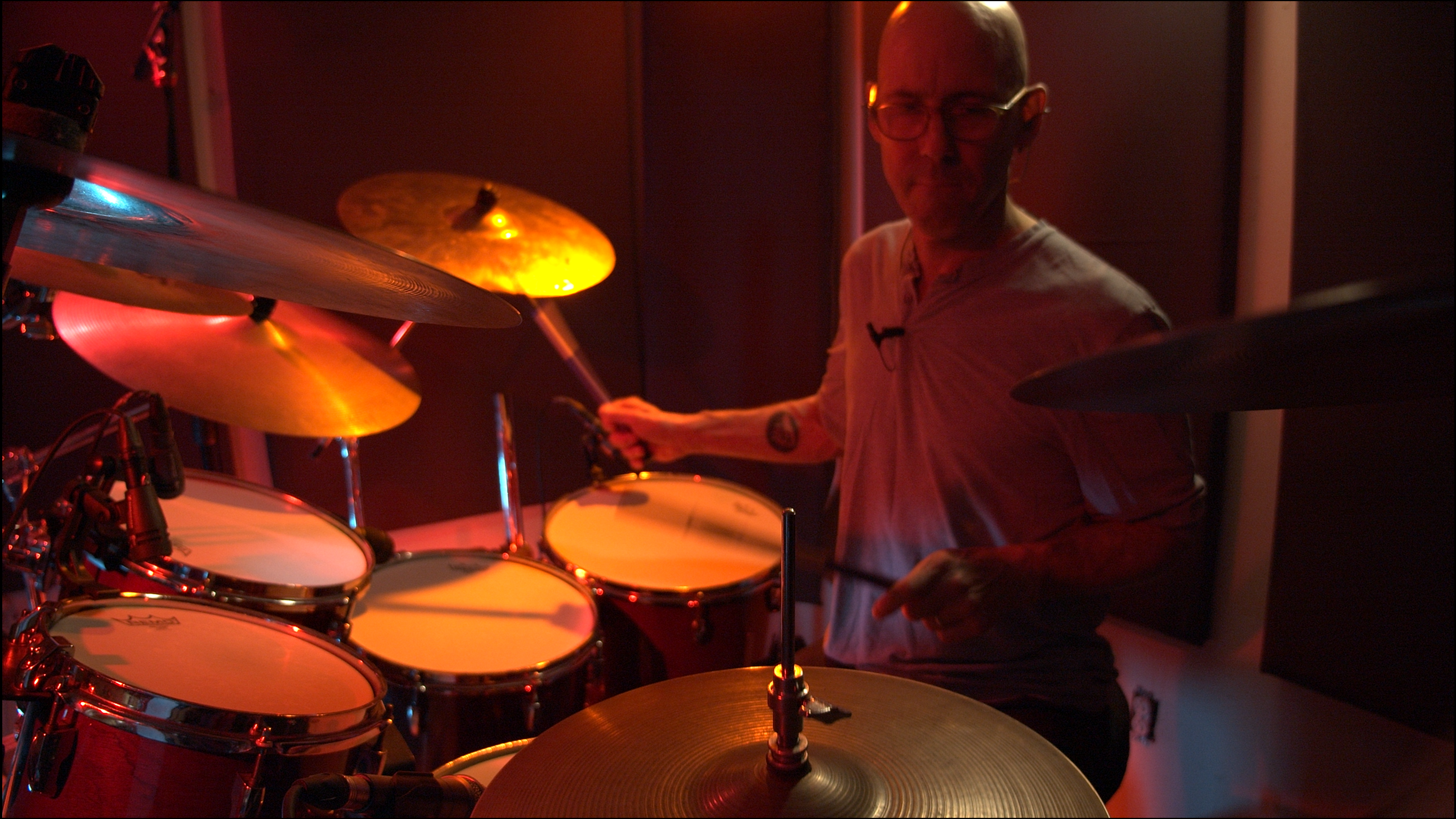Groove

What is Groove?
The groove has been described in many ways: the place where the magic happens, the x factor, the notes between the notes… They’re all a part of it. For me it’s like an energy, a motion, where the music really happens. When it really locks in, it’s a feeling of elevation, kind of like two instruments coming into perfect harmony.
Groove is about consistency. Consistency of tempo, of meter, and of sound. Groove is about listening to the sound you create and its relationship with the internal pulse. It is about listening to the other musicians and hearing and respecting the entirety of what is happening. Groove is about being completely in the moment, without forcing or imposing anything else upon it.
Lastly, I believe that groove is about having a commitment to the music you are playing, and the history of the style it may be a part of. Learning musical styles and studying the drummers who originally played the music is one of the best ways of becoming a groovy drummer.
A range of grooves
The groove part of the Groove, Technique and Musical Drumming method is where we consider drum beats, various styles of music as well as drum fills. My goal here is to give a general overview of contemporary drumming and attempt to set the groundwork for musical interpretation on the kit.
Over the 4 levels of the Groove, Technique and Musical Drumming method you will find many types of grooves. There are several from contemporary music: ranging from R&B, to soul and funk, to rock and pop, and even disco. As you advance, you’ll also see swing, blues, jazz-fusion and some odd meter grooves.
Who are some groovy drummers?
Here are several drummers whose playing for me best represents the concept of groove:
(by no means a comprehensive list!)
Clyde Stubblefield
Known as “The Funky Drummer”, Stubblefield’s playing with James Brown was revolutionary. He also put funk drumming forever on the broader musical landscape when he became the world’s most sampled drummer with the advent of hip-hop in the 80s.
Ringo Starr
Ringo not only helped define the sound and style of the most popular group of all time, The Beatles, he also created his own drumming style by virtue of being a left-handed drummer at a right-handed kit. He played with an incredibly solid groove and time feel, and remains influential to this day.
Bernard Purdy
Bernard “Pretty” Purdy was and is the epitome of groove. His playing has always been in service to the music and the musicians he played with, and his time-keeping and feel is as deep as it gets. He is also one of the most recorded drummers in history, playing on thousands of recording sessions in his career.
Jim Keltner
Another drummer who played on thousands of recordings, Jim Keltner was always relied upon to create the perfect groove for artists spanning just about every musical style. Known as the “Leading session drummer in America”, he has played with artists as diverse as George Harrison, Carly Simon, James Taylor and Elvis Costello.
Steve Jordan
Steve Jordan is a modern-day drummer who has also played in numerous musical styles, and always with the groove as the first job. He is also a music producer, and this has perhaps guided his drumming to be musically based, propelling the song forward with deep pocket and unmatched feel.
John Bonham
Led Zeppelin’s drummer changed the game in rock n roll in 1968, with a combination of bombast and feel that remains the gold standard for heavy rock drumming.
